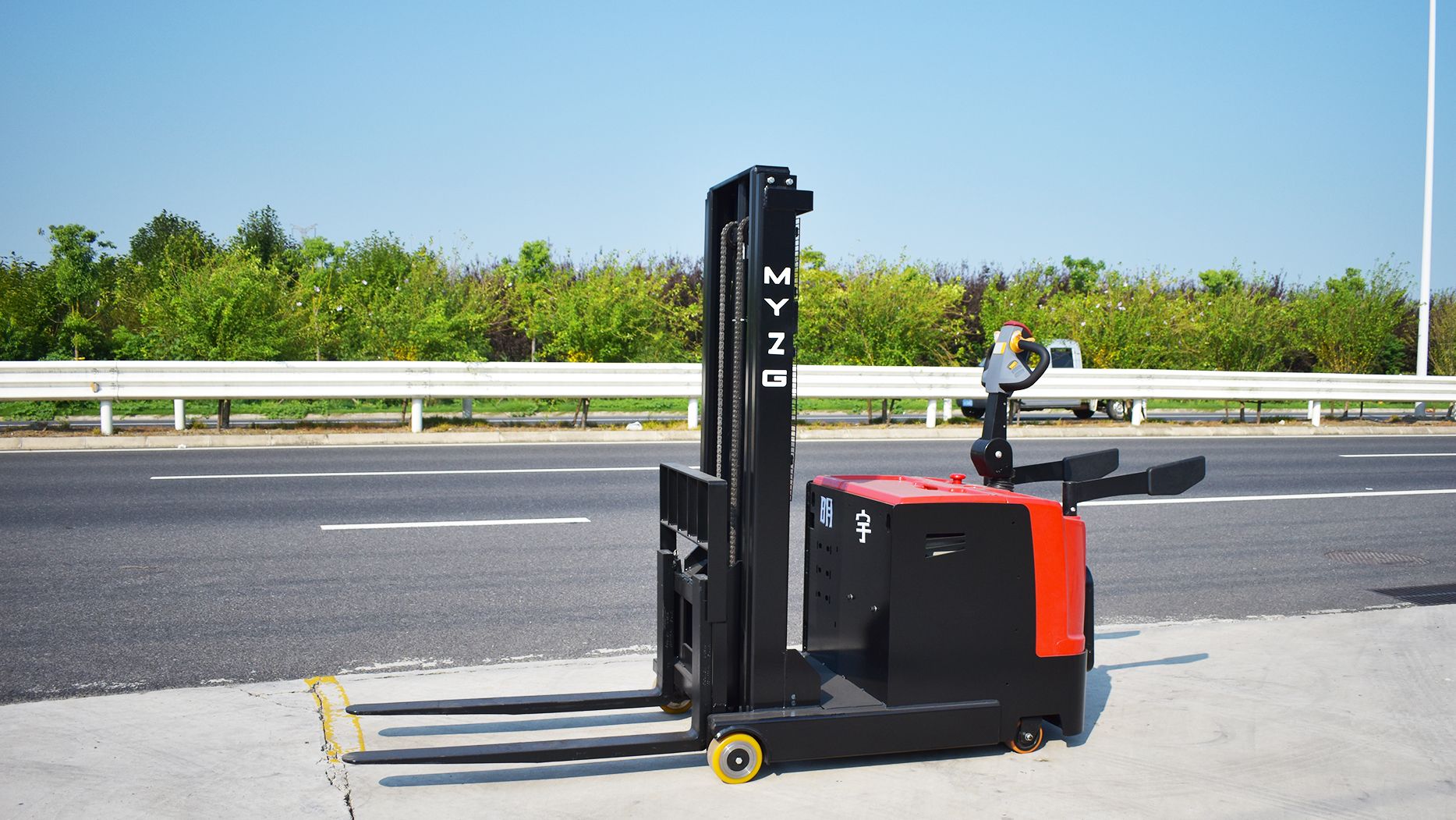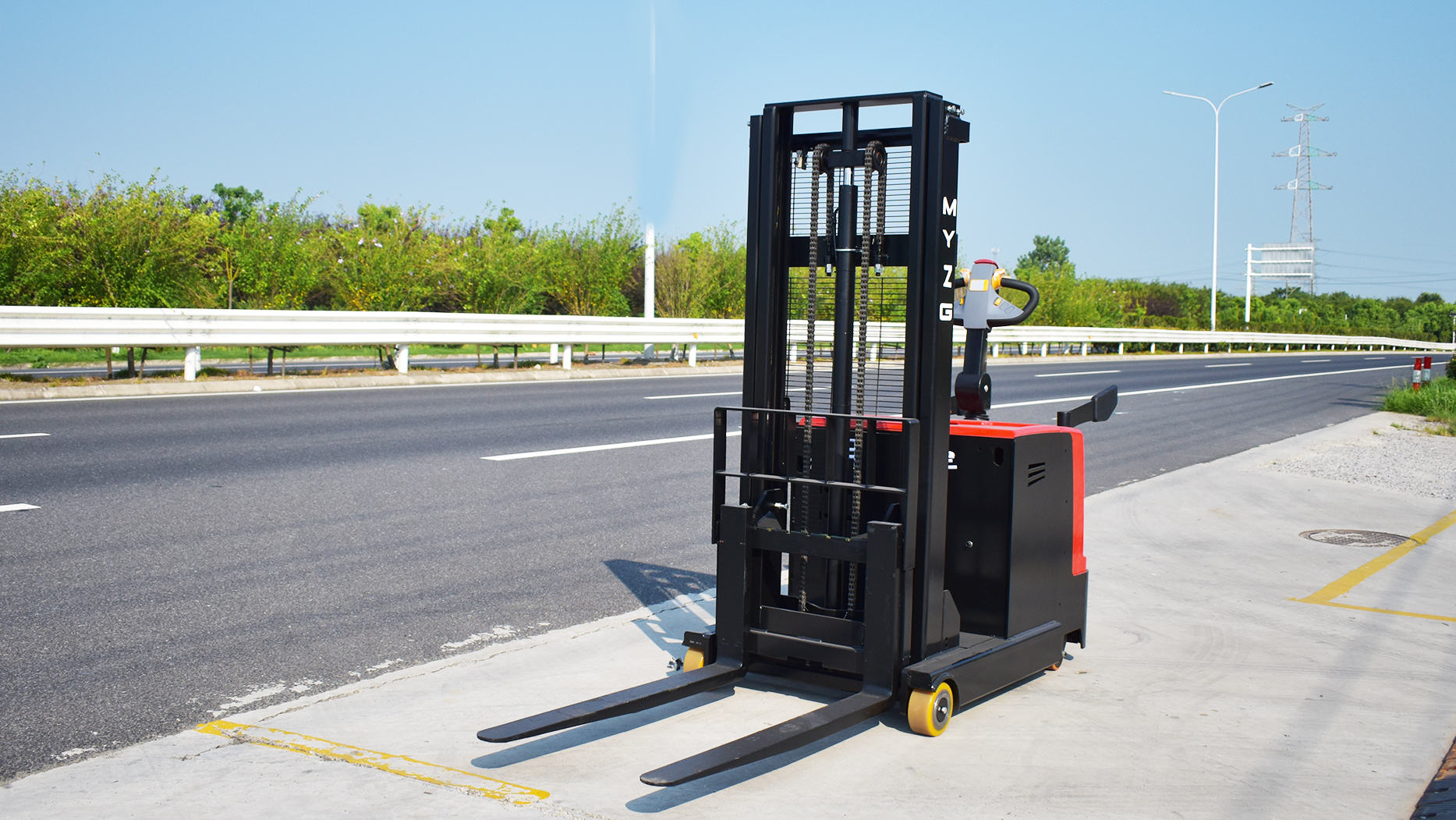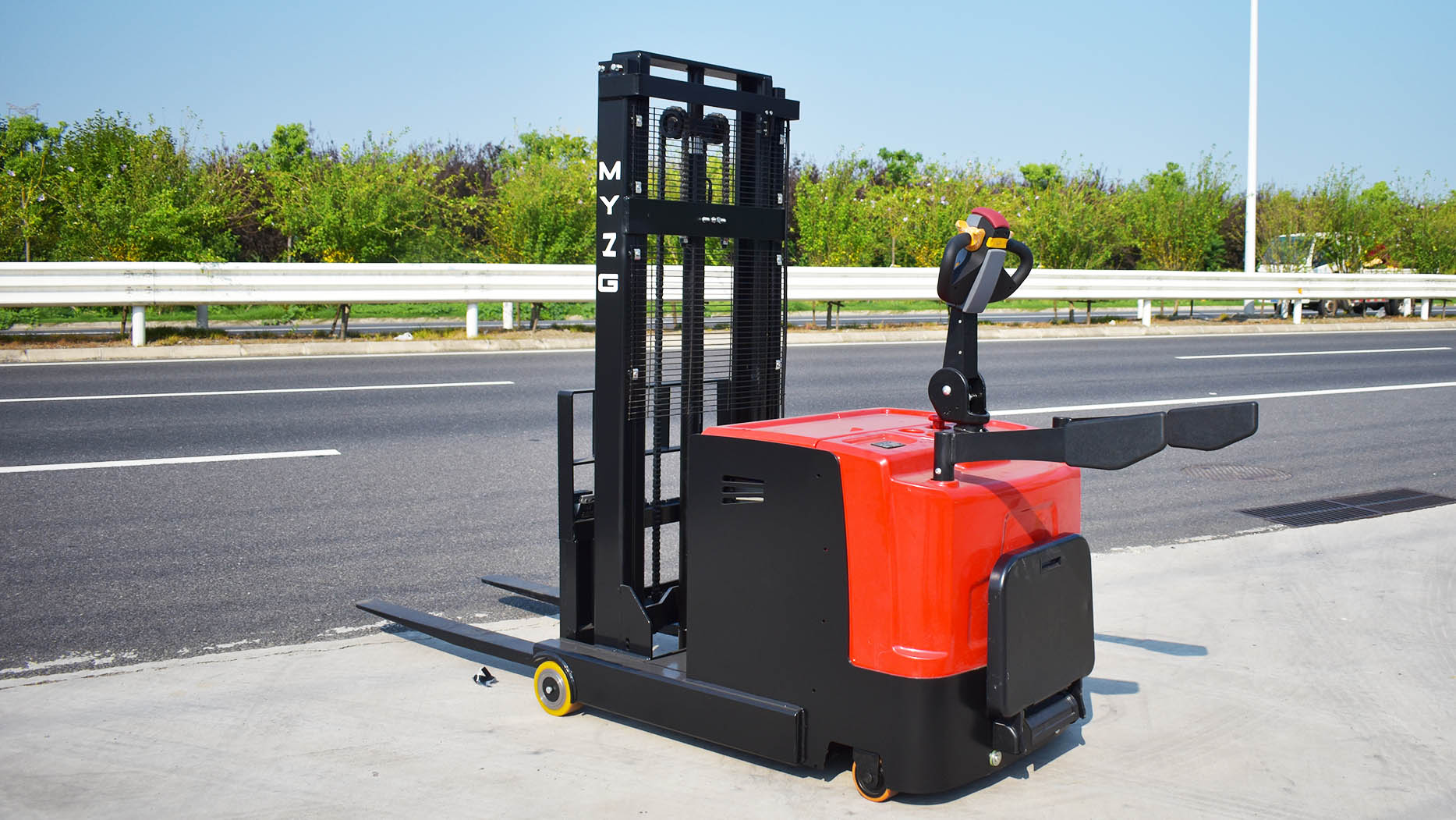I. Introduction
In the bustling world of material handling, the humble pallet truck plays a pivotal role. From sprawling warehouses to compact retail spaces, these versatile machines are essential for moving goods efficiently and safely. However, with a diverse range of pallet trucks available – from simple manual models to sophisticated electric versions – selecting the "best" one can be a daunting task. This article aims to demystify the selection process, providing a comprehensive guide to help you identify the ideal pallet truck for your unique operational needs.
II. Understanding Your Needs
Before diving into the technical specifications, it's crucial to thoroughly assess your specific requirements:
Operational Environment:
Warehouse Size and Layout: Consider the width of aisles, the presence of ramps or inclines, and the overall layout of your workspace.
Indoor vs. Outdoor Use: Determine whether the truck will be primarily used indoors on smooth surfaces or outdoors on potentially uneven terrain.
Frequency of Use and Distance Traveled: Evaluate how often the truck will be used and the typical distances it will need to cover.
Load Characteristics:
Maximum Weight and Dimensions of Pallets: Accurately determine the heaviest and largest loads you'll be handling.
Type of Goods Being Handled: Consider the fragility, stability, and specific handling requirements of your goods.
Frequency of Load Movement: Assess how often loads will be moved and the overall throughput of your operations.
Budget Considerations:
Initial Purchase Cost vs. Long-Term Operating Costs: Factor in not only the upfront cost but also maintenance, repairs, and energy consumption.
Maintenance and Repair Expenses: Research the availability and cost of replacement parts and servicing.
Energy Consumption (for Electric Models): Evaluate battery efficiency, charging times, and electricity costs.
Operator Requirements:
Frequency of Use and Potential for Operator Fatigue: Consider the physical demands of manual vs. electric trucks.
Ergonomic Considerations for Operator Comfort and Safety: Prioritize features that minimize strain and promote safe operation.
Required Level of Operator Training: Evaluate the complexity of operation and the need for specialized training.
III. Types of Pallet Trucks
Basic Features and Operation: Simple hydraulic lifting mechanism operated by manual pumping.
Advantages: Low cost, simplicity, excellent maneuverability in tight spaces.
Disadvantages: Operator fatigue, limited load capacity, unsuitable for long distances.
Ideal Applications: Light-duty applications, occasional use, tight spaces, small warehouses.
Electric Pallet Trucks (Walkie):
Features and Operation: Battery-powered drive and lift, operator walks behind the truck.
Advantages: Reduced operator fatigue, increased efficiency, heavier load capacity, suitable for moderate distances.
Disadvantages: Higher initial cost, battery maintenance requirements.
Ideal Applications: Medium-duty applications, frequent use, moderate distances, warehouses and distribution centers.
Electric Pallet Trucks (Rider):
Features and Operation: Battery-powered drive and lift, operator stands on a platform or sits on a seat.
Advantages: Long-distance travel, high efficiency, operator comfort, high throughput.
Disadvantages: Highest initial cost, larger turning radius, requires more space.
Ideal Applications: Heavy-duty applications, long distances, large warehouses, high-volume operations.
Specialized Pallet Trucks:
Low-Profile Pallet Trucks: For handling pallets with low ground clearance.
Heavy-Duty Pallet Trucks: For exceptionally heavy loads exceeding standard capacities.
Rough Terrain Pallet Trucks: For outdoor use on uneven or rough surfaces.
Stainless Steel Pallet Trucks: For hygienic environments, such as food processing or pharmaceuticals.
IV. Key Features to Consider
Load Capacity: Ensure the truck's rated capacity meets or exceeds your maximum load requirements.
Fork Dimensions: Choose forks that are compatible with your standard pallet sizes.
Wheel Type: Select wheels based on floor surface (polyurethane for smooth surfaces, pneumatic for rough terrain).
Hydraulic System (Manual): Look for smooth lifting and lowering, durable construction, and easy maintenance.
Battery and Motor (Electric): Evaluate battery type (lithium-ion preferred), lifespan, charging time, and motor power.
Ergonomics: Prioritize operator comfort with features like adjustable handles, intuitive controls, and comfortable platforms.
Safety Features: Ensure adequate braking systems, emergency stop buttons, visibility enhancements, and warning signals.
V. Comparing Brands and Models
Reputable Manufacturers: Research established brands known for quality, reliability, and customer support.
Customer Reviews and Testimonials: Read reviews and seek feedback from other users to identify common issues and strengths.
Dealer Support and Warranty: Evaluate the availability of parts, service, and warranty coverage.
VI. Making the Best Choice
Prioritizing Needs: Rank your operational needs and budget constraints to determine the most important features.
Trial and Testing: Request demos from dealers and test different models in your actual work environment.
Long-Term Investment: Consider the truck's lifespan, maintenance costs, and potential return on investment.
VII. Conclusion
Selecting the best pallet truck requires careful consideration of your specific needs, operational environment, and budget. By thoroughly evaluating the available options and prioritizing your requirements, you can make an informed decision that will enhance efficiency, productivity, and safety in your material handling operations. Ultimately, the "best" pallet truck is the one that best aligns with your unique operational requirements and provides the greatest value for your investment.
Post time:Feb.21.2025



